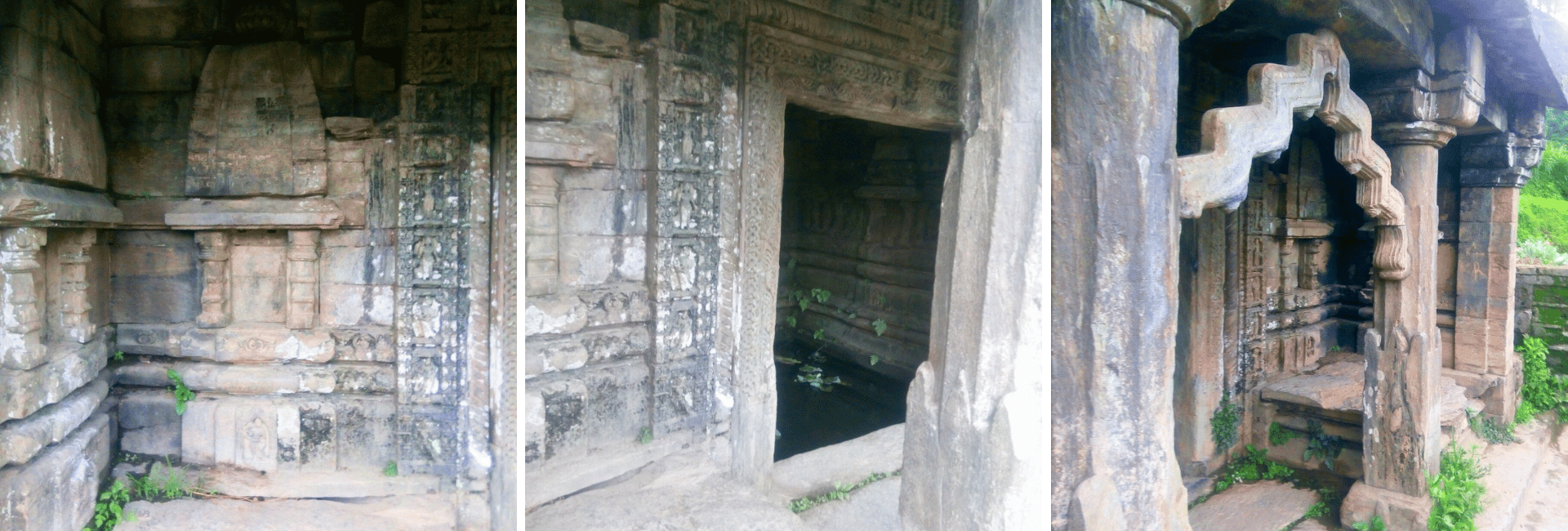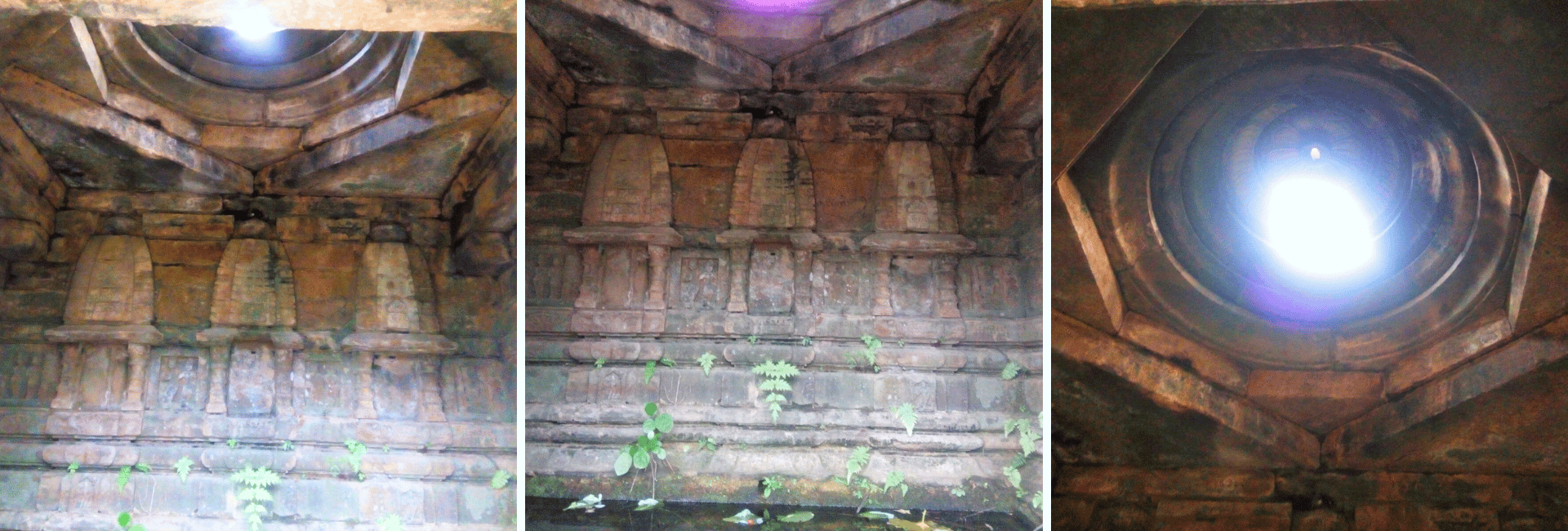While travelling in Uttarakhand, you may chance upon a small hut-like structure, usually made of stone, that resembles a small temple. It holds a great treasure, a fresh and clean spring of water.
This is what is called a Naula, and it is used (and revered) by local communities. It is an ecologically sound way of harvesting spring water or groundwater. You may think of it as a small step well. There is an element of worship attached to it, with rituals still performed.

Badrinath –ji-ka-Naula is said to be the oldest functioning naula, dates back to the 7th century. The Baleshwar Naula from the 13th century has an image of Lord Buddha; some, like Ek Hathiya Naula in Champawat, are famous for their architectural magnificence.

Building a Naula takes time. The area and the water source, and the patterns are observed for a year or so. The presence of certain trees like Banj, Jumiyad, Madeera, Majn, and others are conducive. No cement or mortar is used at the source, so that the water continues to seep into the Naula. The surroundings are always kept clean, and once a month or so, the water is taken out and the Naula is cleaned.
- Log in to post comments





